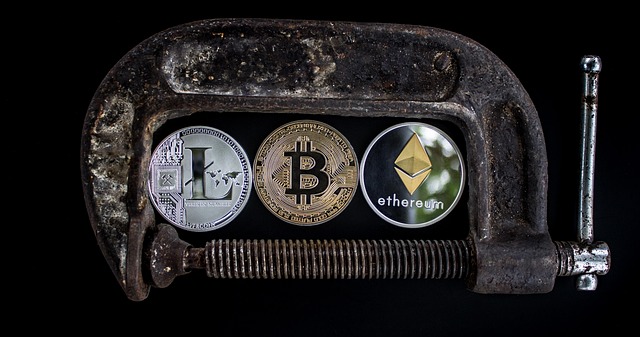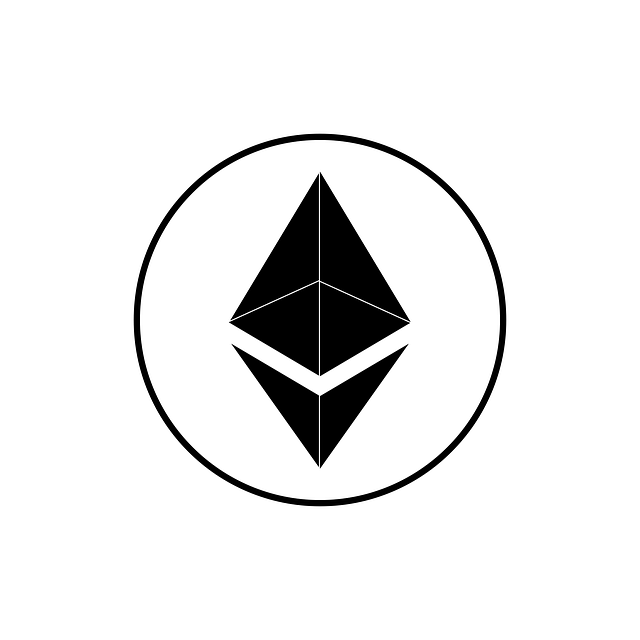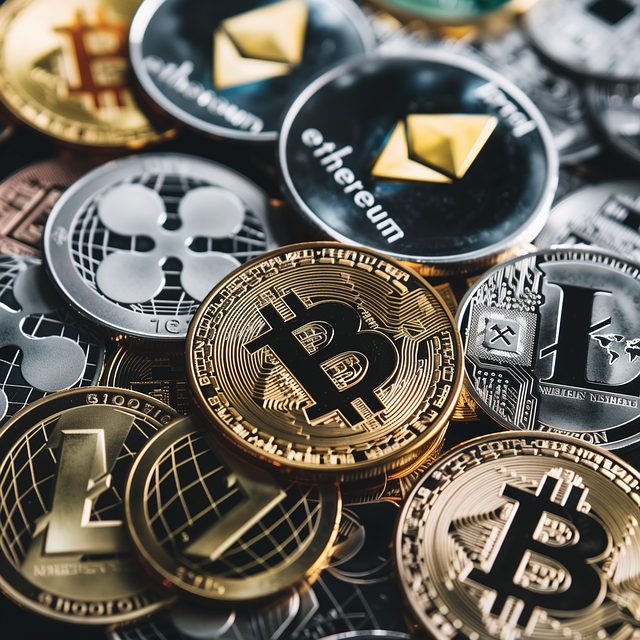
Ethereum has solidified its position as the dominant force in the Non-Fungible Token (NFT) market, thanks to its robust smart contracts, decentralized nature, and active developer community. Through standards like ERC-721 and ERC-1155, Ethereum facilitates interoperability among diverse digital assets, attracting artists, collectors, and investors. With significant market share, high liquidity, and a thriving secondary market, Ethereum presents both opportunities and challenges for developers and collectors in the evolving NFT landscape. The platform's successful handling of high-profile NFT sales and celebrity endorsements signal its potential to disrupt various industries by empowering artists and delivering authentic digital experiences.
“Unveiling the Future of NFTs on Ethereum: Trends Shaping a Dynamic Market. Ethereum has solidified its position as the leading blockchain for Non-Fungible Tokens (NFTs), powering innovative digital experiences. This article delves into the reasons behind its dominance, analyzing market trends and exploring emerging use cases beyond art. From gaming to virtual real estate, NFTs are revolutionizing industries. We dissect token standards, community engagement drivers, and successful projects. Furthermore, we examine challenges like scalability, regulatory hurdles, and potential solutions, offering insights into Ethereum’s future trajectory in the rapidly evolving NFT landscape.”
- The Dominance of Ethereum in the NFT Space
- – Exploring the reasons behind Ethereum's leadership in Non-Fungible Tokens (NFTs).
- – Market share analysis and its impact on developers and collectors.
- Market Trends Shaping the NFT-Ethereum Landscape
The Dominance of Ethereum in the NFT Space
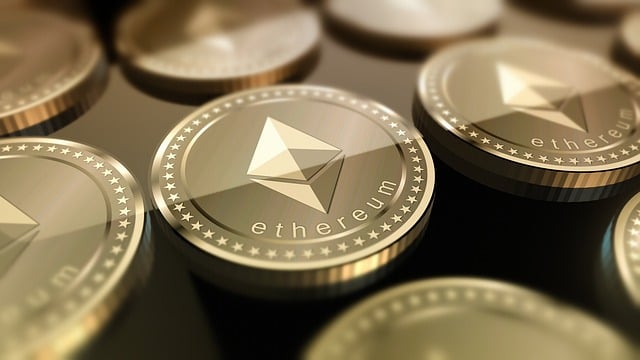
Ethereum has emerged as an undisputed leader and the go-to platform for Non-Fungible Tokens (NFTs), dominating the market with its robust infrastructure and smart contract capabilities. Its decentralized nature, coupled with a dedicated developer community, has fostered rapid innovation in the NFT ecosystem. The network’s ability to support complex applications and ensure secure transactions has attracted countless artists, collectors, and investors, driving massive growth in the digital asset space.
The success of Ethereum in the NFT sector can be attributed to its versatility and scalability. It allows for the creation of unique, indivisible tokens, representing ownership of digital art, collectibles, virtual real estate, and more. As a result, Ethereum has become a hub for creative expression and digital ownership, with countless projects launching daily, further solidifying its position as a pioneer in the evolving landscape of NFTs.
– Exploring the reasons behind Ethereum's leadership in Non-Fungible Tokens (NFTs).
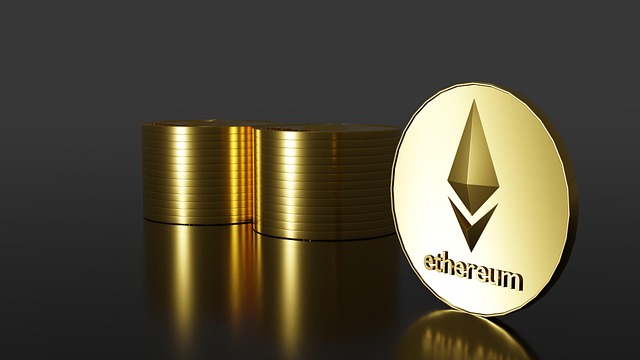
Ethereum has solidified its position as a leading blockchain platform for Non-Fungible Tokens (NFTs) due to several key factors. Its robust smart contract functionality and decentralized nature have enabled artists, creators, and collectors to build, buy, and sell unique digital assets with transparency and security. The Ethereum network’s scalability, despite ongoing improvements, has been a significant draw for NFT projects; while other platforms may offer faster transaction speeds, the depth of Ethereum’s established developer ecosystem and its proven track record in handling high-profile NFT sales have kept it at the forefront.
Moreover, Ethereum’s commitment to interoperability through standards like ERC-721 and ERC-1155 has fostered a vibrant ecosystem where diverse digital assets—from artwork to gaming items—can coexist and be seamlessly integrated into various applications. This versatility, coupled with the growing acceptance of NFTs across industries, is driving market trends that position Ethereum as a game-changer in the digital ownership space.
– Market share analysis and its impact on developers and collectors.
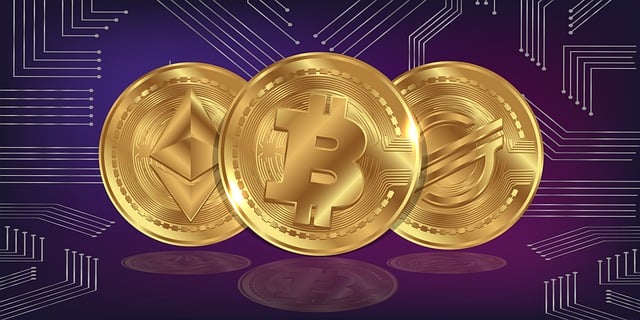
The Ethereum network has become a powerhouse in the NFT space, boasting significant market share compared to other blockchain platforms. This dominance has several implications for developers and collectors alike. For developers, the high market share means there’s substantial opportunity to build and launch NFT projects on Ethereum, attracting a larger audience of eager buyers and enthusiasts. However, it also intensifies competition, requiring innovative ideas and unique value propositions to stand out in a crowded marketplace.
For collectors, Ethereum’s stronghold as a platform for NFTs offers both advantages and challenges. On one hand, it ensures liquidity and a robust secondary market for their digital assets. On the other, the competitive landscape may make it harder for collectors to find exclusive or limited-edition pieces that drive up their collection’s value. As the market continues to evolve, understanding these dynamics will be crucial for navigating the future of NFTs on Ethereum.
Market Trends Shaping the NFT-Ethereum Landscape
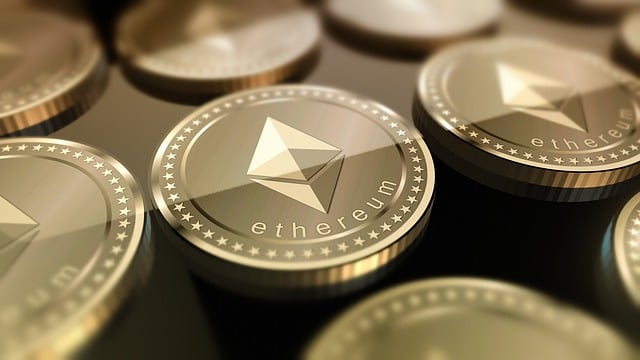
The future of NFTs on Ethereum is being shaped by several key market trends, driving significant growth and innovation in this space. The decentralized nature of Ethereum allows for secure and transparent transactions, making it a preferred platform for NFT creators and collectors alike. As token standards evolve, such as ERC-721 and ERC-1155, the capabilities of NFTs expand, catering to diverse use cases like digital art, collectibles, and even virtual real estate. This has led to a surge in activity on Ethereum’s blockchain, with millions of transactions monthly, reflecting the market’s maturity and appeal.
Additionally, the growing interest from prominent artists, athletes, and celebrities has brought NFTs into the mainstream, further fueling their adoption. The success stories of high-profile NFT drops have set new records in terms of sales volume and prices, attracting significant investment from venture capitalists and institutional players. These trends indicate a promising future for NFTs on Ethereum, with potential to revolutionize various industries by providing artists direct ownership and fans authentic digital experiences.
As we look ahead, Ethereum’s position as the dominant blockchain for NFTs remains unchallenged, driven by its robust infrastructure, secure smart contract capabilities, and a thriving community. Market trends suggest a growing adoption of NFTs across various industries, from art and gaming to digital collectibles and virtual real estate. This dynamic ecosystem is fostering innovation, creating new opportunities for developers and collectors alike, and shaping the future of digital ownership on the Ethereum blockchain.

